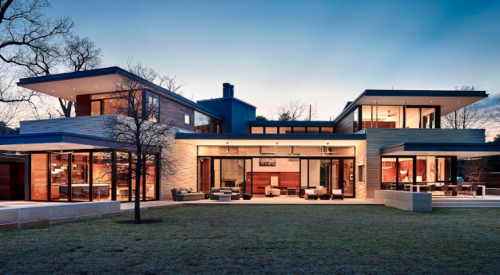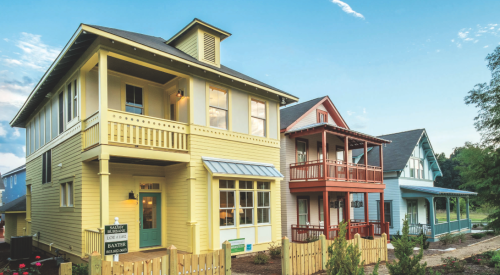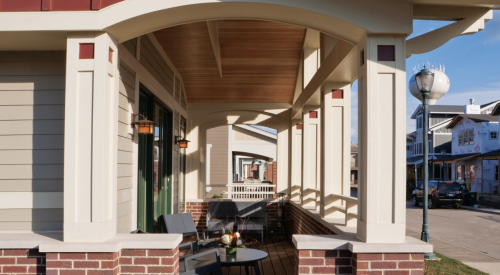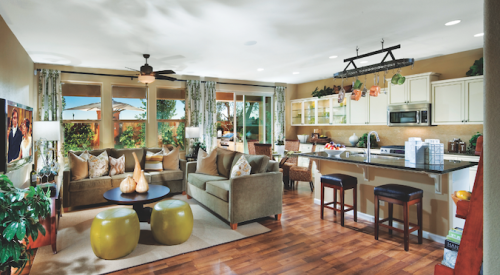As a college student, Sarah Susanka was intrigued by the simple, functional buildings of Le Corbusier; the organic architecture of Fay Jones, an apprentice of Frank Lloyd Wright; and Christopher Alexander, co-author of the 1977 book A Pattern Language, which explored the ways in which vernacular architecture connects people to their surroundings. These examples showed her it was possible to design houses that are not only practical but beautiful.
Susanka remembered those early influences as she sought an alternative to the imposing but impersonal mini-mansions that overtook American subdivisions in the ‘80s and ‘90s. Mulfinger, Susanka, Mahady & Partners became established in Minneapolis as single-family residential design specialists, convincing buyers that eliminating wasted space and paying attention to detail and livability was more important than building the biggest house.
Eventually, Susanka’s ideas took shape under the umbrella of the Not So Big House, which emphasizes quality, details, craftsmanship and comfort over square footage. In 1998, she reached out to a larger audience with her book, "The Not So Big House". The book’s quick ascent to best-seller status proved that Susanka’s hunch about the home buying market had been correct. Last year, Susanka published her second book, "Creating the Not So Big House," which illustrates Not So Big design principles through an up-close look at 25 houses.
For giving Americans a new way to define "home," Professional Builder recognizes Susanka with an Achievement Award.
When asked what’s behind the huge-house trend, Susanka says square-foot costs are the real culprit. "We’re so focused on keeping square-foot costs down that the only solution for builders is to make sure that people are getting their ‘money’s worth,’ which means more square feet for less money."
Susanka encourages readers to break out of the big-box mentality, offering strategies for beautifying smaller spaces:
"Builders must know that this market exists and is looking for a different type of house—one that is more enjoyable to build and will have fewer callbacks. These buyers will pay for the kind of products that will make it last long-term," she says.
With all of her commitments, Susanka hasn’t designed many houses lately, but she is gratified by the warm response to her crusade. "So many people say, ‘That’s what I’ve always thought—I just didn’t know how to say it.’" to have young people like this who are able to be part of the workforce is really a big help."
Also See:
Giving Hope
Technology’s Fast Track
Life Lessons
Sustainable Partners










